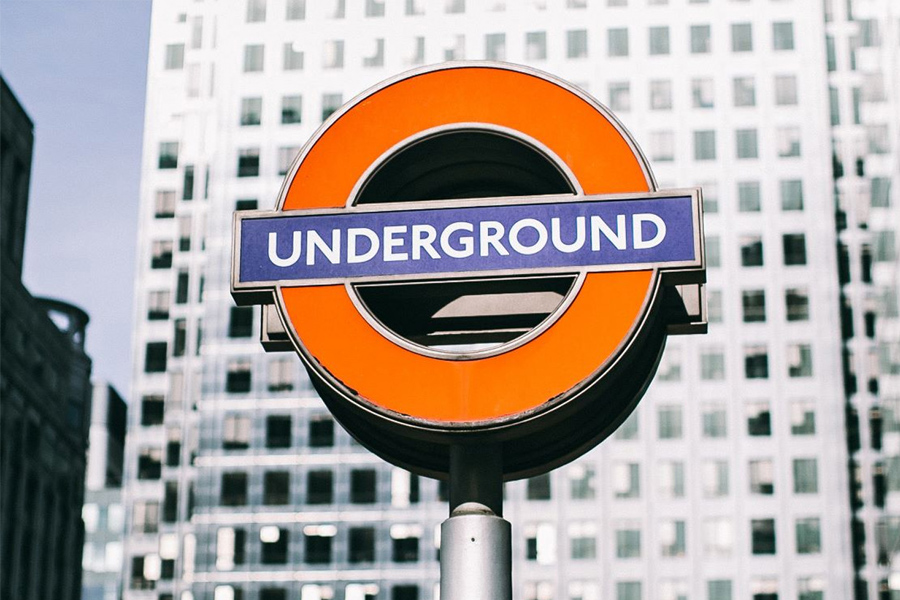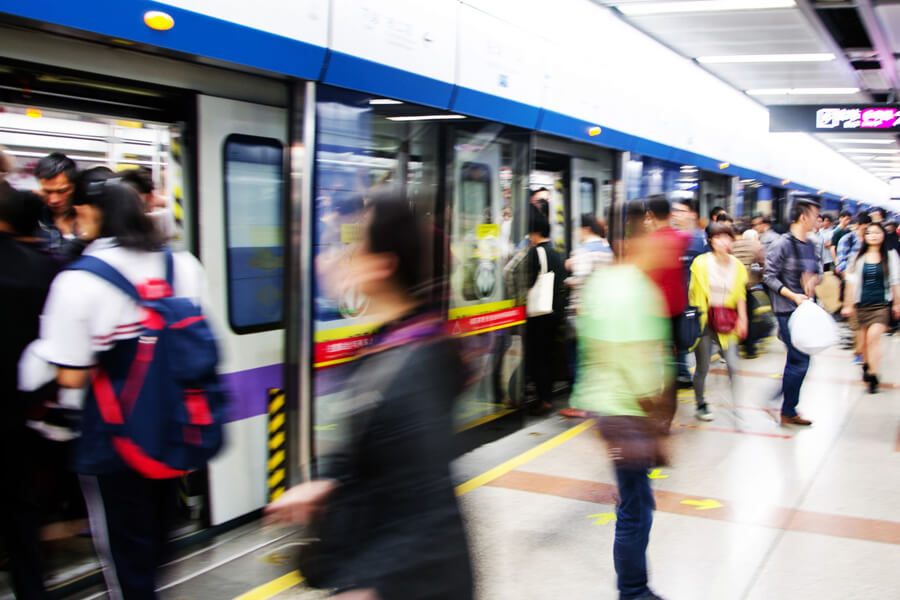The Challenge
Sometimes even the most capable electronics teams can benefit from external help.
To highlight and target passenger safety and security on public transport, a leading transport systems company asked us to find a better way to track passenger movements in and out of train and underground carriages. Existing methods, based on the use of ceiling-mounted cameras, suffered from poor detection rates in low light conditions. Poor camera angles on underground trains due to the limited head height were also a problem.
Our client wanted a solution that was highly accurate, compact, and unobtrusive, and able to count multiple passengers simultaneously moving in and out of carriage doors. The system needed to overcome potentially confusing influences such as large items of luggage and passengers standing in doorways.


The Approach
Our initial work explored the reasons why existing systems were not sufficiently reliable and examined potential installation options. We concluded that a combination of ultrasonic and infrared proximity sensors, mounted at the top of the train door opening, would be the best choice. A suitable array of such sensors gave us the ability to discriminate between outward and inward movement, between humans and luggage, and to track multiple passengers simultaneously.
We then devised and experimented with detection algorithms to process the sensor data and generate passenger counts, testing at each stage using a full-size test in Plextek’s extensive on-site testing labs. Using multiple volunteers, we recreated a wide range of scenarios, evaluating and improving our algorithms at each stage.

The Outcome
We rapidly delivered a prototype design to our client which demonstrated better performance than existing camera-based solutions could achieve. We also supplied our test system so they could perform their own evaluations and transferred of all the intellectual property generated to the client.
Our proposed design exceeded the clients counting accuracy target, was suitable for installation in a wide range of train and underground carriage doorways and had a low component cost.
Armed with a concept for an entirely new approach to the problem, our client took over the development at this point, using their own highly capable electronics design and manufacturing teams. In a few short months we had been able to bring some original thinking to the problem, with a fresh perspective that helped our client explore a wider range of routes forward.



